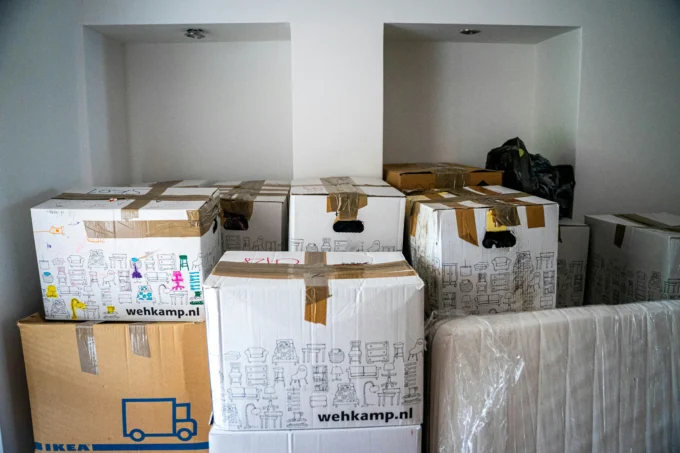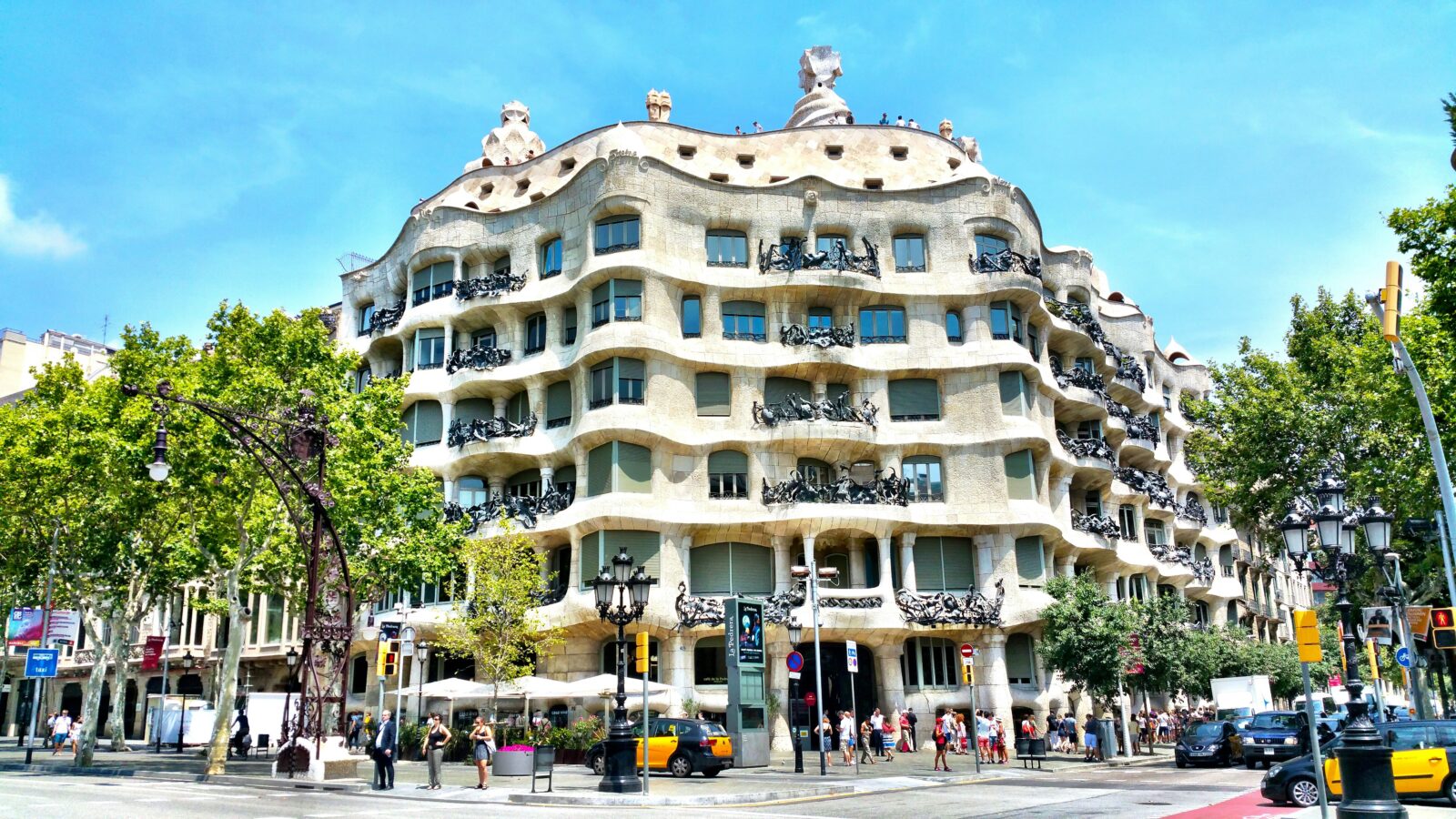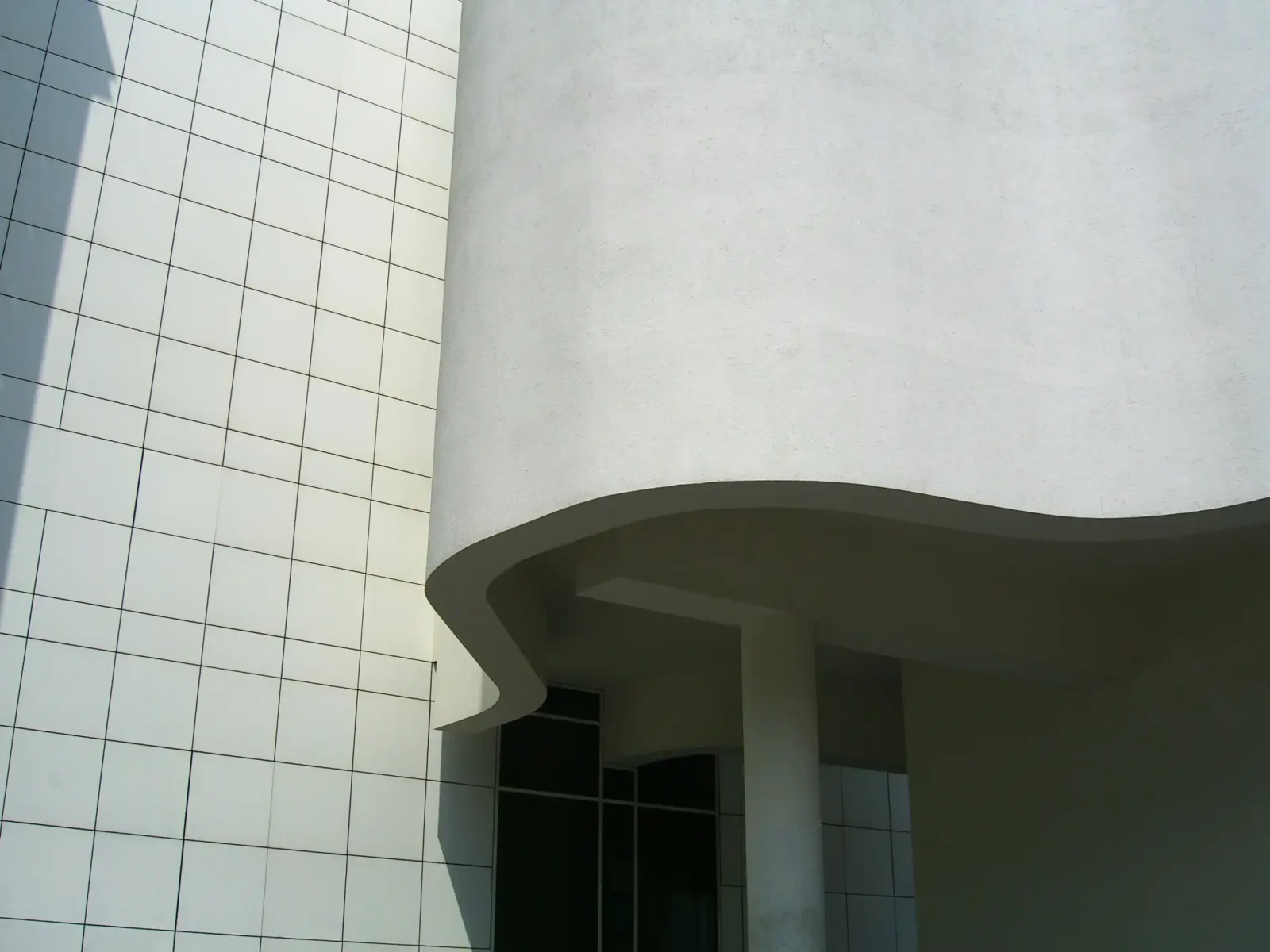- Home
- Articles
- Architectural Portfolio
- Architectral Presentation
- Inspirational Stories
- Architecture News
- Visualization
- BIM Industry
- Facade Design
- Parametric Design
- Career
- Landscape Architecture
- Construction
- Artificial Intelligence
- Sketching
- Design Softwares
- Diagrams
- Writing
- Architectural Tips
- Sustainability
- Courses
- Concept
- Technology
- History & Heritage
- Future of Architecture
- Guides & How-To
- Art & Culture
- Projects
- Interior Design
- Competitions
- Jobs
- Store
- Tools
- More
- Home
- Articles
- Architectural Portfolio
- Architectral Presentation
- Inspirational Stories
- Architecture News
- Visualization
- BIM Industry
- Facade Design
- Parametric Design
- Career
- Landscape Architecture
- Construction
- Artificial Intelligence
- Sketching
- Design Softwares
- Diagrams
- Writing
- Architectural Tips
- Sustainability
- Courses
- Concept
- Technology
- History & Heritage
- Future of Architecture
- Guides & How-To
- Art & Culture
- Projects
- Interior Design
- Competitions
- Jobs
- Store
- Tools
- More
Exploring the Cutting-Edge Technology of Pedestrian Simulation

Pedestrian simulation technology has advanced in recent years, allowing urban planners, architects, and developers to visualize foot traffic dynamics. By structuring simulations that replicate real-world scenarios, stakeholders can identify potential challenges before physical construction begins.
Models can simulate crowd behavior during events, emergencies, or daily traffic, improving the flow and safety of public spaces. Let’s discuss the various applications, benefits, and prospects of pedestrian simulation technology, showcasing its importance in urban development and management.
Table of Contents
ToggleUnderstanding Pedestrian Simulation Technology
Pedestrian simulation technology utilizes advanced algorithms and modeling techniques to replicate the movement and interactions of individuals within a specified area. Look into space dimensions, environmental factors, and human behavior so that these simulations create a virtual representation of how people will navigate a place. There are many egress software solutions that provide detailed analytics that help city planners and engineers analyze flow rates and predict congestion. Through these simulations, users can adjust designs in real-time. During an emergency evacuation, simulations can determine optimal exit routes and identify bottlenecks that may impede a swift response.

Applications in Urban Planning and Safety
Urban planners use pedestrian simulation tools to optimize public transport systems, design better pedestrian pathways, and improve urban layouts. In safety scenarios, simulations can predict how crowds will react in emergencies, allowing for planning that accommodates safe egress and minimizes risks.
Simulations can guide the design of public spaces like parks and plazas so that they meet the social and recreational needs of the community. Identifying optimal locations for retail stores or public facilities can lead to increased foot traffic and benefit businesses and community dynamics. Pedestrian simulations contribute to smarter city designs that prioritize human-centered spaces.
Benefits of Using Pedestrian Simulation
Employing pedestrian simulation technology offers numerous advantages. By visualizing human behavior in various scenarios, planners can test multiple design options before implementing changes. This reduces the risk of costly modifications during construction and allows for data-driven approaches to solve complex urban challenges.
Pedestrian simulations can facilitate better stakeholder engagement by providing a clear visual representation of proposed changes. Having tangible, interactive models explains and justifies decisions to both the public and investors. These simulations can be a fantastic educational tool, helping communities understand the implications of urban design decisions. As cities evolve, these insights can maintain the livability and functionality of urban areas, adapting to changing demographics and lifestyles.

The Future of Pedestrian Simulation Technology
The future of pedestrian simulation technology appears promising, with advancements in artificial intelligence (AI) and machine learning poised to improve these tools further. Pedestrian simulations could evolve into dynamic representations that adjust based on actual foot traffic patterns. This could result in even more effective planning and emergency response strategies.
Collaborations between technologists, urban planners, and community organizations will drive the development of innovative software solutions tailored to meet specific local needs. Cities grapple with overpopulation and climate change, and that’s why pedestrian simulation might become more sophisticated and integral to urban planning practices.
Pedestrian simulation technology has transformed the way we approach urban design and planning. By enabling the visualization of human movement, stakeholders can create environments that prioritize safety, efficiency, and community well-being. The ongoing advancements in this field promise to deliver even greater insights and solutions for the cities of the future.
Submit your architectural projects
Follow these steps for submission your project. Submission FormLatest Posts
The Ultimate Guide to Fencing in North Dakota: Choosing the Best Fence for Your Property
Watching a chain link fence twist in 70 mph winds near Minot...
Gaudí: Where Architecture Meets Science
Gaudí: Where Architecture Meets Science shows catenary arches, ruled surfaces, and biomimicry...
How Housing Market Forces Shape Architectural Design Today
Architecture never exists in isolation. Buildings rise from a mix of ambition,...
Why Portable Formaldehyde Gas Detectors Matter on Construction Sites
As construction practices shift toward more enclosed and material-intensive environments, the risk...












Leave a comment